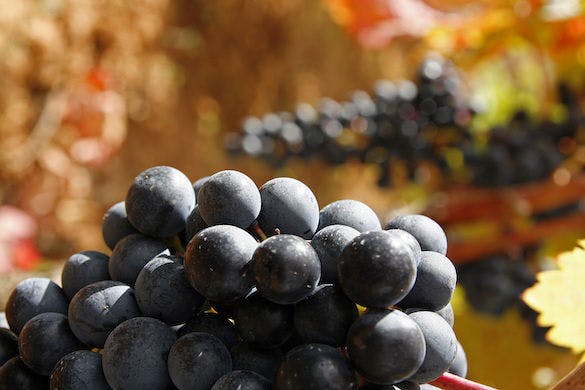Happily, What We Don’t Know About Rioja Won’t Hurt Us
The Spanish wine region’s red offerings are so diverse these days that it lacks the unifying stylistic and flavor markers that are typical of nearly every other major appellation in the world.

Rioja is Spain’s most recognized wine region, the crown jewel of a country full of unique and fascinating places, cultures, and wines. Yet, its red wine offerings are so diverse these days that it lacks the unifying stylistic and flavor markers that are typical of nearly every other major appellation in the world.
Pick up a bottle of Bordeaux, Rioja’s biggest influence, and it will almost certainly taste like Bordeaux. Have someone taste you blind (without seeing the label) of Rioja, and good luck to you: If highly trained tasters struggle with knowing what they are drinking, how will a lay person have any idea of what to expect the next time they see a bottle on a wine list?
The best chance you have is if you are comparing with laterals, meaning wines from other places that can be mistaken for Rioja — like Ribera del Ruero, Sangiovese, or oak-aged Zinfandel. A process of elimination right next to those other wines is more likely to get you there than any consistent markers in the wine itself. Why?
It seems to start with diversity. Bodegas, the Rioja word for their wineries, are looking for broad market appeal and therefore create a multitude of styles to satisfy a disparate public palate. To appease the desire for different wines, the regulating body, Consejo Regulador Rioja, gives a lot of leeway for individual choices. Bodegas can play with different growing areas, grape varieties, and fermentation and maturation vessels. This plays out in a multitude of different wines.
Add to this the innocuous nature of the star grape: Tempranillo. Certain famous Rioja winemakers have been rumored to admit that without the context of winemaking, you could never figure out what the grape is on its own. It means that without the “makeup” of oak or blending with other grape varieties, it is “medium” through and through: medium body, medium acidity, medium tannin, medium alcohol, with both red and black fruit possible and not a lot else to distinguish it.
Garnacha, or Grenache in France, has also started playing a much bigger role in many wines. Its lower acidity, softer tannins, full body, and supreme strawberry infused juicy-ness make it a real charmer, especially for early drinking styles. Yet it has also helped to muddy the playing field, giving very different wines than Tempranillo-dominant wines.
Oak usage, both in type and time, is another thing that can move a person to consider Rioja in a blind tasting, but here too we see a deluge of different options being employed by Bodegas, sowing further confusion. For centuries, thanks to age-old European conflicts, the Spaniards relied on sourcing American oak from their Western trading partners.
These barrels can give pungent notes of dill, coconut, and dark chocolate with looser, more oxygenating grain and create unique profiles for the wines aged in them. French oak gives more delicate spice, vanilla, and caramel with a tighter grain. Confusingly today, we see both types of oak employed sometimes together, making it more difficult to deduce what exactly is in your glass.
Maturation time is one area where the Consejo Regulador has some seemingly strict guidelines. Age is meant to denote quality, with the best wines being aged 10 years or more before release. Even here, though, the Joven or Cosecha (young) labeled bottles can be aged in oak or stainless steel for up to six months, with vastly different results.
The next three levels, Crianza, Reserva, and Gran Reserva, must see time in oak and bottle before being released, with minimums strictly enforced. Bodegas, especially the truly quality-minded ones, use these as jumping-off points. Producers like La Rioja Alta or Lopez de Heredia often wait more than twice the minimum required times before their wines hit the marketplace. So even the expected age of a wine doesn’t necessarily put you in the frame of mind of Rioja.
Not knowing where a wine is from is not necessarily a bad thing, and having such a huge array of options from a single region can give an exciting quest for those interested in studying its many nuances. Here is where the Riojan could do a better job of more detailed labeling that defines more than just time in barrel. What are the different options and what do they taste like? As it stands, it’s anybody’s guess.

